Loyal and loving, the Red Nose Pitbull is a distinctive take on the American Pitbull Terrier. And, while it is often considered a breed in its own right, this gorgeous canine is actually a standard Pitbull set apart by its red nose and coat.
Thanks to its beautiful coloring, the Red Nose Pitbull is one of the most in demand of the Pitbull breeds. But other than its nose and coat color, this handsome dog shares all the other Pitbull characteristics.
We peek into the world of the Red Nose Pitbull to learn more about its heritage and discover just why, with the right training and socialization, they can make a wonderful family pet.
Red Nose Pitbull Origins
To understand the origins of the Red Nose, we first need to explore the long history of the Pitbull itself.
It is often widely believed that the Pitbull is a single, specific breed but it is, in fact, a name that covers several different types of bulldog breeds. These include the American Pitbull Terrier, the Staffordshire Bull Terrier, the English Bull Terrier, and the American Staffordshire. Collectively, these dogs are often referred to as ‘Bully’ breeds.
The Pitbull Terrier bully breed can be traced back to England and the 19th century. Stocky, strong, and muscular, with high energy as well as prey drive, the Pitbull was effectively used to keep bulls (hence the name) and other livestock under control.
Their strength and stature also attracted the attention of what was then still legal bull baiting, with many of the dogs also used in this cruel blood sport.
Bull baiting was eventually banned in 1835, but this only led to the sport of dog fighting going underground, developing into a highly lucrative but illegal betting racket.
And it was for this sport that the Pitbull was bred to be specifically strong and aggressive, especially towards other dogs. However, this aggressive trait was not normally focused on humans and the agility, fearlessness, and tenacity they also displayed also made the breed much sought after as guard dogs.
And, despite the aggressiveness deliberately bred into the Pitbull, they also showed that they could be loyal, loving, and protective of their human ‘pack’.
Around this time, the breed found its’ way Stateside, where they became skilled farm and cattle dogs, as well as nanny dogs within the home. And this opened a route for the once renowned as fearsome breed to become a domestic family as well as guard dog.
To distance the American Pitbull Terrier from its reputation as fierce fighting dogs, the American Kennel Club (AKC) renamed the breed, the American Staffordshire Terrier, which it formally recognized in the 1930s.
The AKC still does not officially recognize the American Pitbull, although it is listed as a recognized breed by the United Kennel Club (UKC) and the American Dog Breeders Association, or ADBA.
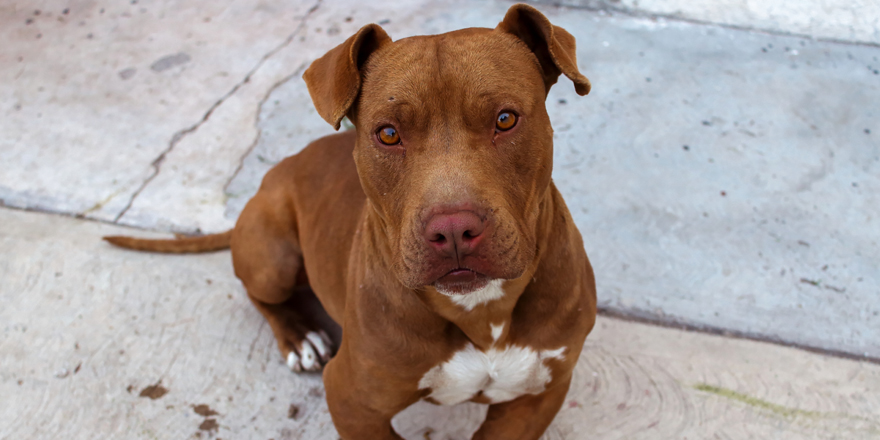
The Red Nose Pitbull
Sometimes referred to as the ‘Old Family Red Nose’, this variant of the American Pitbull is believed to have originated in Ireland, during the mid-1800s.
As Pitbulls, Red Nose Pits had been used as working and fighting dogs and were developed to distinguish them as a specific family red nose strain of the American Pitbull bloodline.
Originally recognized for the feisty nature and tenacity which comes from their dog fighting background, selective breeding was used to retain the recessive gene in the old family red nose strain.
The Red Nose came to the US with Irish immigrants in the late 19th century, and after the white and merle Pitbulls, is the second rarest color for the breed.
Red Nose Pitbull vs Blue Nose Pitbull
As well as the American Red Nose Pitbull, the Blue Nose Pitbull variety is just as distinctive. And fundamentally they are both the same breed, so the main thing that separates them is their color.
While the Red Nose’s coat is a bright orange/red, the coat of Blue Nose Pitbulls is a handsome shade of gray with blue tones.
Another key difference between the two will be cost, as the Red Nose is rarer and therefore more sought after than a Blue Nose Pitbull, so can command a higher price. Otherwise, the Red and Blue Nose have the same temperament, training, care, and nutritional needs.
Red Nose Pitbull Essentials
Despite the unfair ‘dangerous dog’ reputation of the Pitbull breed, Red Nose Pitties – like their other counterparts – can be loyal, loving, and gentle, with a strong propensity for play and having fun. The key to all Pitbulls is correct breeding, early socialization, and consistent training to produce a happy, balanced, and obedient pet.
A medium sized dog that measures up to 20cm to the shoulder, the Red Nose Pitbull appearance is characterized by its large head, wide jaw, muscular neck, and body. Originally bred as working dogs, their body shape and size – a male Red Nose can weigh up to 65 pounds – can often make them appear larger than other Pitbulls.
A true Red Nose Pitbull and not a mixed breed has a full red coat which should also be present in Red Nose Pitbull puppies. Some white is permissible, for example on their chest or socks, but in general the less white, the more desirable the dog. Their nose should be a gorgeous ginger or rust color, and the whole Red Nose Pitbull look is completed by striking red or amber eyes.
This is a very handsome dog indeed.
The Red Nose Pitbull Temperament
There’s a lot of misconception about the Pitbull, which has resulted in an undeserved negative reputation. With the wrong handling, lack of training or socialization, all dogs have the potential to be aggressive, not just the Pitbull. And research has shown that, due to their breeding heritage, any aggression is more likely to be towards other dogs or animals, rather than humans.
That being said, the Red Nose Pitbull, just like all Pitbulls, are muscular and strong dogs, so this always must be taken into account. But as pets, the Pittie, including the Red Nose Pitbull has a loving and obedient temperament, which is enhanced by a fun-loving, and energetically playful side.
The Red Nose Pitbull is also loyal to his humans and thrives on being sociable with his pack and enjoys plenty of love and attention. They are also known for a gentle side to their nature as well as a curiosity which can make life with a Red Nose full of fun and adventure.
However, Red Nose Pitbulls can show signs of anxiety if left alone for too long, and which can develop into destructive behavior. To counter this separation anxiety, ensure your Red Nose has plenty of toys and is not left along for more than 3-4 hours at any one time.
Another essential to note about the Red Nose Pitbull is that as well the potential to be reactive to other dogs (although this does depend on their breeding and upbringing), they have a high prey drive, so can chase smaller animals and family pets.
Caring for a Red Nose Pitbull
A hardy, energetic and active dog, a Red Nose Pitbull has a good life expectancy, living on average 14 years, although some have been known to live several years longer.
How you care for your Red Nose Pitbull will be key to a long and happy life for your pet.
Let’s look at the essentials you need to know when it comes to caring for a Red Nose Pitbull.
Health
The American Pitbull Terrier is generally considered to be a healthy and hardy dog, but as he is a pure breed, he can be prone to certain health conditions, especially as he gets older.
Here are the main health issues to be aware of in the otherwise robust and healthy Pitbull:
Joint issues
With their heavy, muscular body, Red Nose Pitbulls can experience wear and tear issues with their joints, as well as ligaments. Left untreated and these strains can lead to mobility issues so it’s essential that your Red Nose maintains a healthy weight throughout his life stages.
Another joint related condition the American Pit Bull Terrier can be prone to is hip dysplasia, where the hip joint doesn’t fit properly into the socket. This is a painful condition that can lead to issues with mobility as well as arthritis, later in life.
Other skeletal health issues which Red Nose Pitbulls can be susceptible to include kneecap dislocation and degenerative myelopathy, which affects the spinal cord.
Hypothyroidism
A dysfunction of the thyroid gland which regulates hormones, older Red Nose Pitbulls can develop hypothyroidism, leading to weight gain and poor condition. Thankfully, the condition can be controlled by medication.
Heart disease
Red Nose Pitbull dogs can also have a congenital condition called aortic stenosis, which is a narrowing of the aorta, causing a heart murmur. Symptoms include low energy and rarely the condition can prove fatal.
Skin conditions
Due to their short coat and sensitive skin, Red Nose Pitbulls can be prone to allergies which affect their skin, leading to itching, scabbing and hot spots. Regular checking their skin during grooming as well as managing any irritants in their diet can help to keep you on top of any issues.
You may also like our article on: Why Are Pitbulls So Clingy? Understanding Your Pup’s Needs
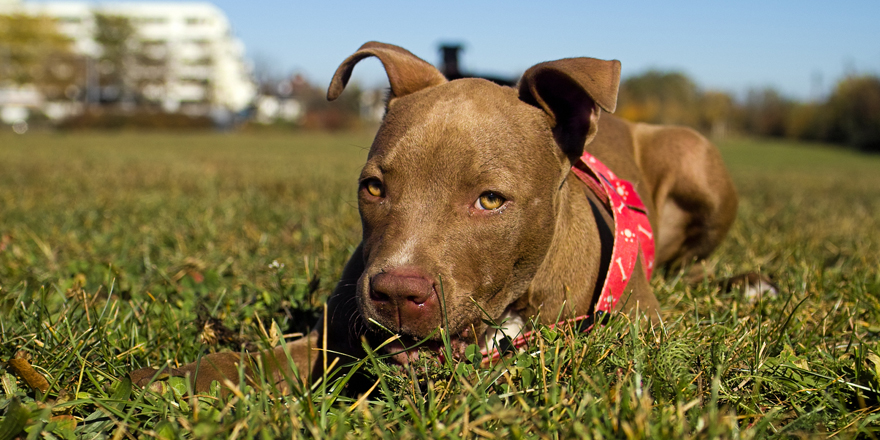
Training
Training is essential for a well-balanced, sociable, and happy Red Nose Pitbull, and this training should start with all Red Nose Pitbull puppies. Consistent training from an early age will help to establish your position and build up a relationship with your Pittie that is based on respect and obedience.
But the methods you choose can make all the difference when it comes to training your typical old family Red Nose Pitbull as they won’t respond well to force and dominance. Instead, opt for positive reinforcement training methods, with plenty of good behavior rewards and incentives.
Red Nose Pitbulls are intelligent animals and so you want to avoid ‘bumping heads’ during training otherwise you could find yourself caught up in a battle of wills. Force-free methods have been shown to be particularly successful with loyal dog breeds such as the Pitbull.
As well as consistent training, you also want your new Red Nose Pitbull to live happily alongside your family and pets, as well as other dogs and animals. And so socialization is also essential to prevent any unwarranted dog attacks, ideally starting when your pet is a Red Nose Pitbull puppy.
Socialization will help your pup get past its fear or wariness of strangers as well as feeling the need to be reactive with other dogs. Introducing your Red Nose Pitbull puppy to plenty of new situations, experiences, and locations as well as visitors, all associated with rewards will help him to see the world as a non-threatening place.
Exercise
Not only are Red Nose Pitbulls strong and muscular, but they are also balls of energy and have higher exercise needs than many other breeds. Daily exercise is not only essential for their physical health but also for positive mental stimulation as well as for maintaining a healthy weight.
Without sufficient exercise and stimulation, the Red Nose Pit can get bored and so make his own entertainment, which can be destructive to say the least!
An active household is best for the Red Nose Pitbull Terrier, and where he can get two decent walks a day, plus plenty of playtime and space at home. Plenty of toys are also beneficial, especially chew and tug toys and you should also consider activities such as hiking or agility to shake his exercise up.
Nutrition
The Red Nose Pitbull doesn’t have any special or additional nutritional needs and should be fed as any other Pitbull. However, it is essential you feed them dog food with quality protein and the right amount of nutrients and calories for their size and life stage.
Their diet must also support their activity and energy levels and be adjusted to any allergies or food sensitivities some Red Nose Pitties can be prone to.
As a guide, Red Nose Pitbull puppies do well on age-formulated dry kibble, split between four-six meals a day until six months old, when you can reduce the frequency to two-three times a day.
Adult Red Nose Pitbulls should be fed two to three times a day and their diet should be focused mainly on animal protein with managed grains and sufficient good fats, including chicken fat.
Just be mindful of overfeeding, even if your pet is active, as all Pitbulls can be prone to weight gain.
Grooming
The Red Nose Pit’s coat is short, fine, and smooth and while they are not excessive shedders they do shed moderately, with an increased seasonal shed twice a year. This means that the Red Nose Pitbulls are not considered a hypoallergenic breed.
However, their short coat means they are easily when it comes to grooming, although a quick brush daily will make life even easier and will help to keep their coat well-oiled and in great condition.
They also only need bathing when necessary but as Red Nose Pitbulls can be prone to sensitive skin, make sure you use a dog shampoo that won’t irritate.
When grooming it is also worth doing other Red Nose Pit ‘maintenance checks’ such as checking inside their ears for dirt build-up or redness. Clipping their claws around once a month and brushing their teeth several times a week are also good Red Nose Pitbull grooming habits to get into.
How to Find the Right Breeder
As with any dog breed, it is vital that you do your homework and only ever buy your new Red Nose Pitbull pup from reputable Red Nose Pitbull breeders. And, as we have seen, Red Nose Pitbulls need good breeding and early as well as correct handling and socialization to ensure you are buying a happy, healthy and well-balanced pup.
To find a list of Red Nose Pitbull puppies, check out an authoritative source, such as the American Dog Breeders Association
When viewing any new puppy, any reputable breeder will let you see the parents, and observe their temperament and how they interact. And ask for more information on the parents as well as grandparents’ health so you can see the Red Nose Pitbull bloodline as well as evidence of any screening or health checks the puppies have been put through.
When looking for a Red Nose Pitbull pup, expect to pay a little more than standard color Pit bull breeds as they are more desirable and so can command a higher price. The current Red Nose Pitbull price for a pup will start at around $1,000.
And don’t forget to factor in the set-up, training and lifetime spend to work out the Red Nose Pitbull cost for your new dog before you decide to commit to becoming a new pet parent.
Adopt, Don’t Shop
Unfortunately, American Pitbulls tend to be regularly seen in shelters and animal rescue centers, often surrendered by owners who have misunderstood the breed. Despite being a pure breed and one of the rarer Pitbull types, it is also possible to find a Red Nose Pittie waiting to be rehomed.
So, taking in a Red Nose Pitbull rescue can be a win/win for all concerned and ensures another of this stunning breed has the happy home life they deserve.
Another plus with adopting rather than shopping for a Pitbull is that they are most likely to be a young adult or older dog who has already been home assessed and will come with a level of training, including potty and crate trained, obedience and all the basic commands.
To explore whether a rescue Red Nose Pitbull is the right route for you, check out one of the many Pitbull groups who can assist, such as Pit Bull Rescue Central and the American Pit Bull Foundation.
The Final Word on the Red Nose Pitbull
Strong, muscular, loyal, handsome, and intelligent – there is a lot to love about the colorful Red Nose Pitbull. And what may surprise many is just how fun-loving, affectionate, and gentle this breed can be.
Yes, in the wrong hands they can demonstrate aggression, but this amazing dog with its stunning copper coat responds to positive training, a clear pack leader, and a loving, playtime-filled home.
So, if you are prepared to give this majestic breed the time, training, love, and attention they deserve, and know how to handle stronger dogs, then we think with the Red Nose Pitbull you will have a friend for life.
Sources:
- Blue Nose, Red Nose: Does It Matter?, PitBulls.org
- The Red Nose Pitbull – The Facts About This Amemrican Terrier, Animal Corner
FAQs
Sadly, American Pitbull Terriers are still dogged by its aggressive reputation that is born out of its dog fighting past. However, for most Pitties, including Red Nosed Pitbulls, this reputation is unfair, as many Pitbull owners can testify.
But it does mean that under the US’s Breed Specific Legislation (BSL), each State can decide whether to ban a breed based on whether it is considered aggressive. This legislation means that, while in the US there is not a blanket ban on Pitbull Terriers, some individual States have chosen to implement the legislation.
When buying a Pitbull breed, it is essential that you check first that it is not banned in your home state. Even if it is not banned, there can be certain conditions to owning a Pitbull type breed, such as wearing a muzzle in public.
Also, be mindful when traveling with Red Nose Pitbull Terriers, as visiting states where the BSL is in place can mean you are breaking the law if you take your dog with you.
The bottom line is that any dog can be dangerous if it is ill-trained, frightened or in the wrong hands. And this can also apply to the Red Nose Pitbull Terrier. The issue with the Pitbull is its historic reputation, which amplifies the perception that all Pitties are aggressive dogs.
While aggression towards other dogs was originally bred into the Pitbull breed, this doesn’t mean they will be aggressive towards humans, or even other dogs, especially if they have been trained and socialized from an early age.
However, what you do need to be mindful of with any Pitbull type is their size and strength. And should they bite, their bite can be severe.
But this doesn’t mean Red Nose Pit bulls should be written off as a pet, as they are predominately loyal, loving, and gentle, and with the right handling, care, and training, should present no more danger than any other dog.
The energetic and loving Red Nose Pitbull personality can make these gorgeous animals excellent family dogs. But it does need to be the right family as this intelligent breed is not necessarily the best choice for a first-time dog owner or a family with very young children as they can be strong and willful.
But for an on-the-go family that is happy to put the time and effort in to consistently train and handle their Red Nose Pit bull as well as reward and lavish him with affection rather than over the top discipline, this could be a canine match made in heaven.



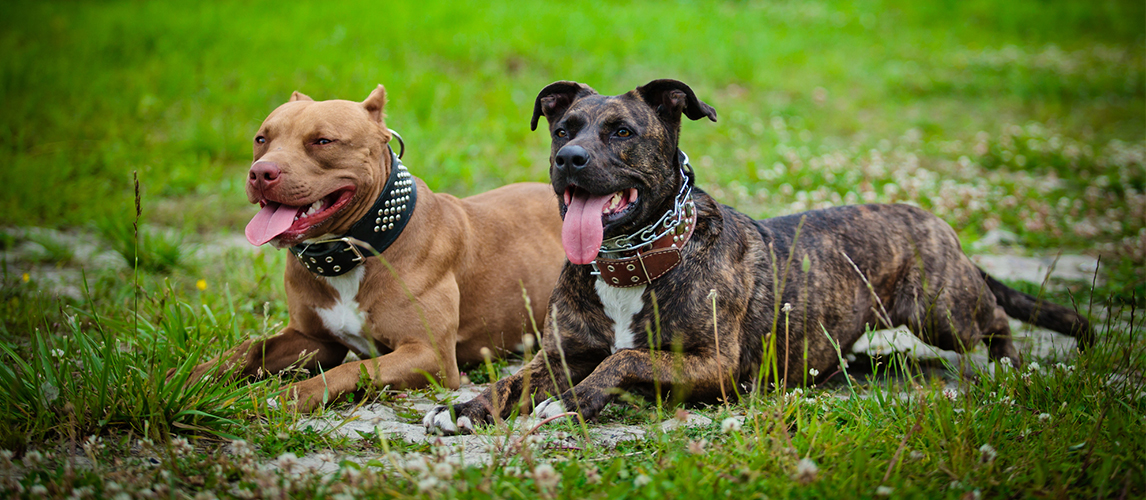


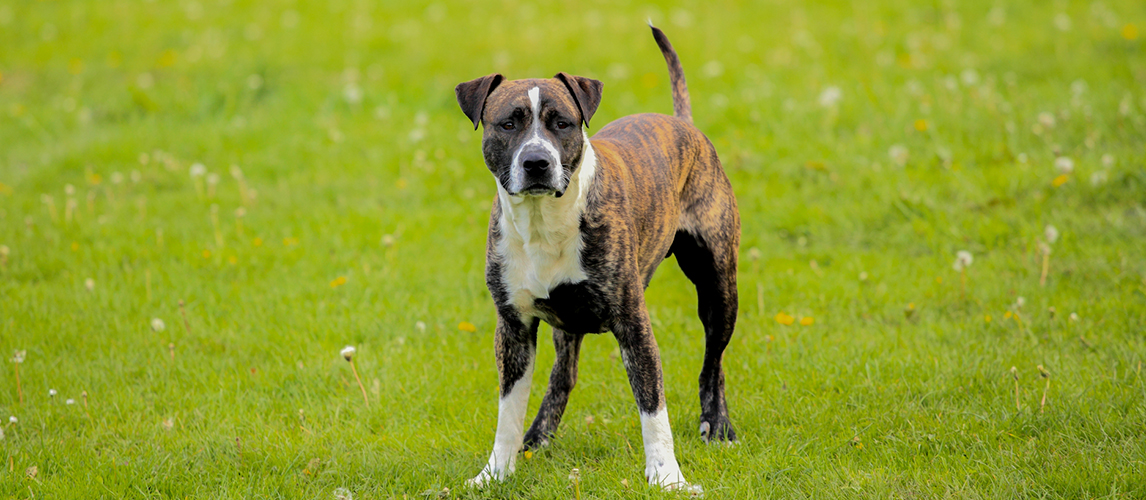


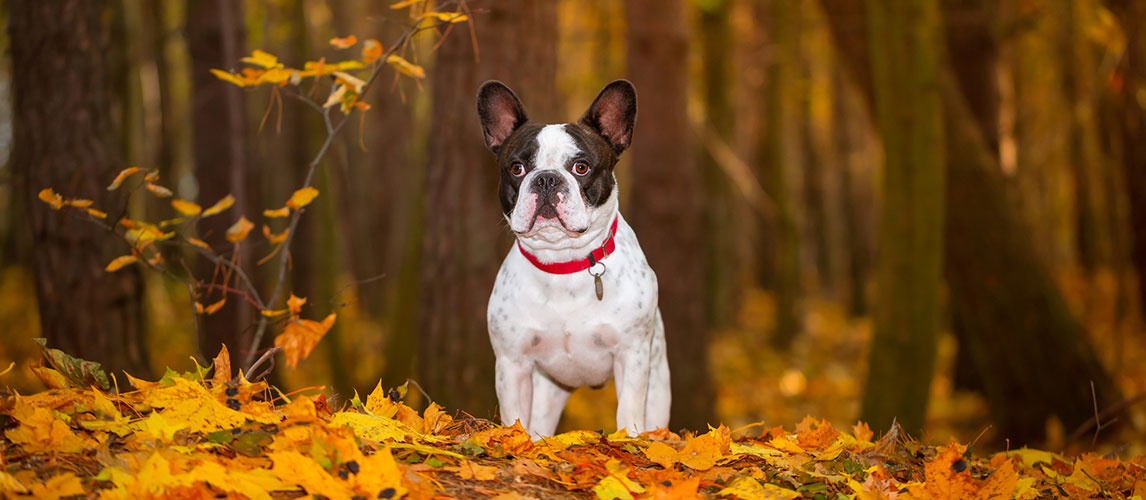

having had a red nose bull & terrier of 53 cm lived 16 years like his friend 4 less but died in vet like my cross husky collie at the same age, the red nose just like the black nose has no specific disease in addition to irish, he would be from cork and kerry and the one with the nose rugby would be from galway in irish, the akc and the kc have the same function registers only half because does not admit red nose but the registration is not official, moreover , his withers may be from 38 to more than 55 because batches of registers indicate periods when sizes are not only 40 cm as some indicators do for the name of the blue paul terrier making 55 while the akc and the kc him standard for 40 cm and the adba him standard for 53 cm, this dog has multiple standards but only the kc and akc are fci in black nose bull terrier and lots of things are not included for said health or not standard